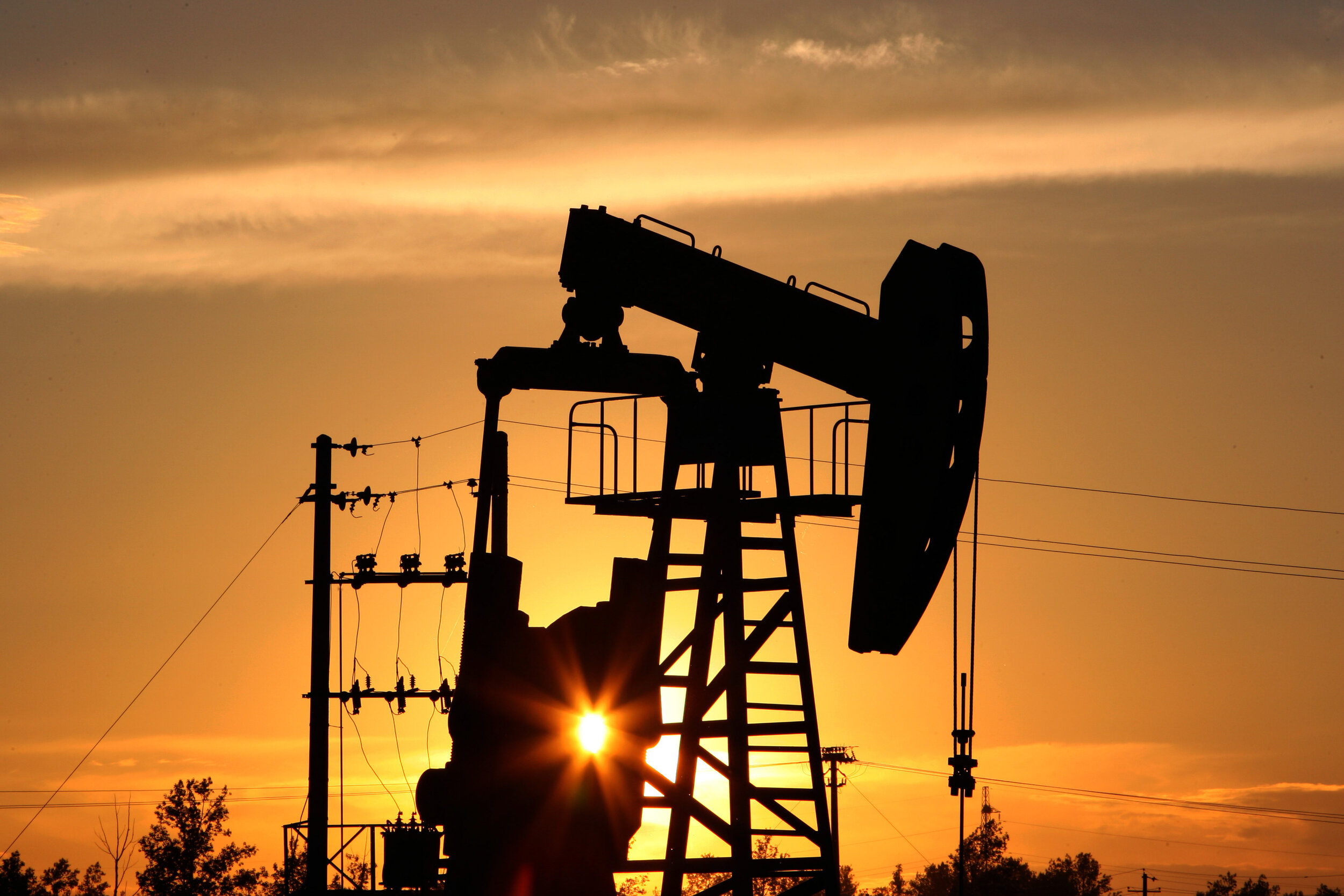Is Oil From Venezuela Essential To Prevent "Failed State" In Cuba? What Are Cuba's Options
/The U.S.-Cuba Trade and Economic Council submitted three (3) questions to Mr. Jorge R. Piñon, Director- Latin America and Caribbean Energy and Environmental Program at the Center for International Energy and Environmental Policy At the University of Texas at Austin Jackson School of Geosciences
Q. Is there a possibility for a “failed state” scenario in the Republic of Cuba because of the collapse of the Maduro Administration?
Yes.
Cuba’s current oil demand is approximately 110,000 to 112,000 barrels per day. Cuba produces approximately 42,000 barrels per day of heavy crude oil which is used as fuel for the electric power and industrial sectors.
The Island does not have a plan ‘B’, an insurance policy providing it with the approximately US$1 billion required (at current pricing) to replace its oil deficit of approximately 68,000 barrels per day which represents approximately 60% of its daily oil demand.
In 2020, Venezuela has delivered to Cuba approximately 62,000 barrels per day of crude oil and petroleum products (primarily fuel oil and diesel). Algeria also provides Cuba with approximately 3,500 barrels per day of oil as barter for ophthalmology services and a pharmaceutical join venture.
Q. What other country besides Venezuela has the oil export capacity and/or financial wherewithal to supply annually the Republic of Cuba with US$1 billion of oil at no cost or with substantial long-term credit terms?
Algeria, Angola, China, Iran, or Russia are doubtful...long term.
Cuba can attempt, again, to increase domestic production. In 2012, this was tried and failed. Any meaningful source located would require five to seven years to bring online.
Cuba could redirect US$1 billion from its own revenues and purchase 60,000 barrels per day in the international marketplace. Does Cuba have US$1 billion to redirect? Most economists believe they do not.
Cuba could continue to lessen imports (including food), ration fuels, and ration electricity which would risk social discontent. Most economists believe this to be the likely first adopted option.
Critical for Cuba is to keep the lights on. Approximately 62% of imported fuel is used in the electric power sector- particularly for the tourism sector where facilities must have consistent flows and the use of air conditioning is constant. The [Miguel] Diaz-Canel Administration has already begun preparing the population for issues with the electrical grid by warning about increases in electricity consumption.
Approximately 24% of imported fuel is diesel for commercial transport and for electricity.
Gasoline is approximately 4% of total demand. Approximately 4%, but an important percentage, is Liquified Petroleum Gas (LPG) used by most of the population for cooking fuel.
We estimate Cuba has approximately 45 days of primary and secondary storage for crude oil and refined products. It would require months to negotiate and implement an agreement or agreements with a third country(s) to supply oil. Adding to the challenge would be the addition of thirty to thirty-five days for product to arrive to Cuba from the Mediterranean Sea or Black Sea. Currently, oil arrives from Venezuela in five to six days.
Q. What could the Trump Administration or a Biden Administration provide to the Republic of Cuba to prevent or constrain a “failed state” ninety-three miles from Key West, Florida?
The United States does not have a national oil company. It does, however, have approximately 700 million barrels of crude oil in its Strategic Petroleum Reserves (SPR) located in salt caverns in Louisiana and Texas, each approximately five days sailing from Cuba. The United States could use a “time trade.” This is not a sale, as a sale would require approval by the United States Congress.
In a “time trade” the SPR would supply oil to international oil companies and/or oil trading companies to supply Cuba to be returned on a set schedule (for example five years). However, a “time trade” is quite aspirational due to questions about who would purchase the oil- US$1 billion to be returned later to the SPR?




